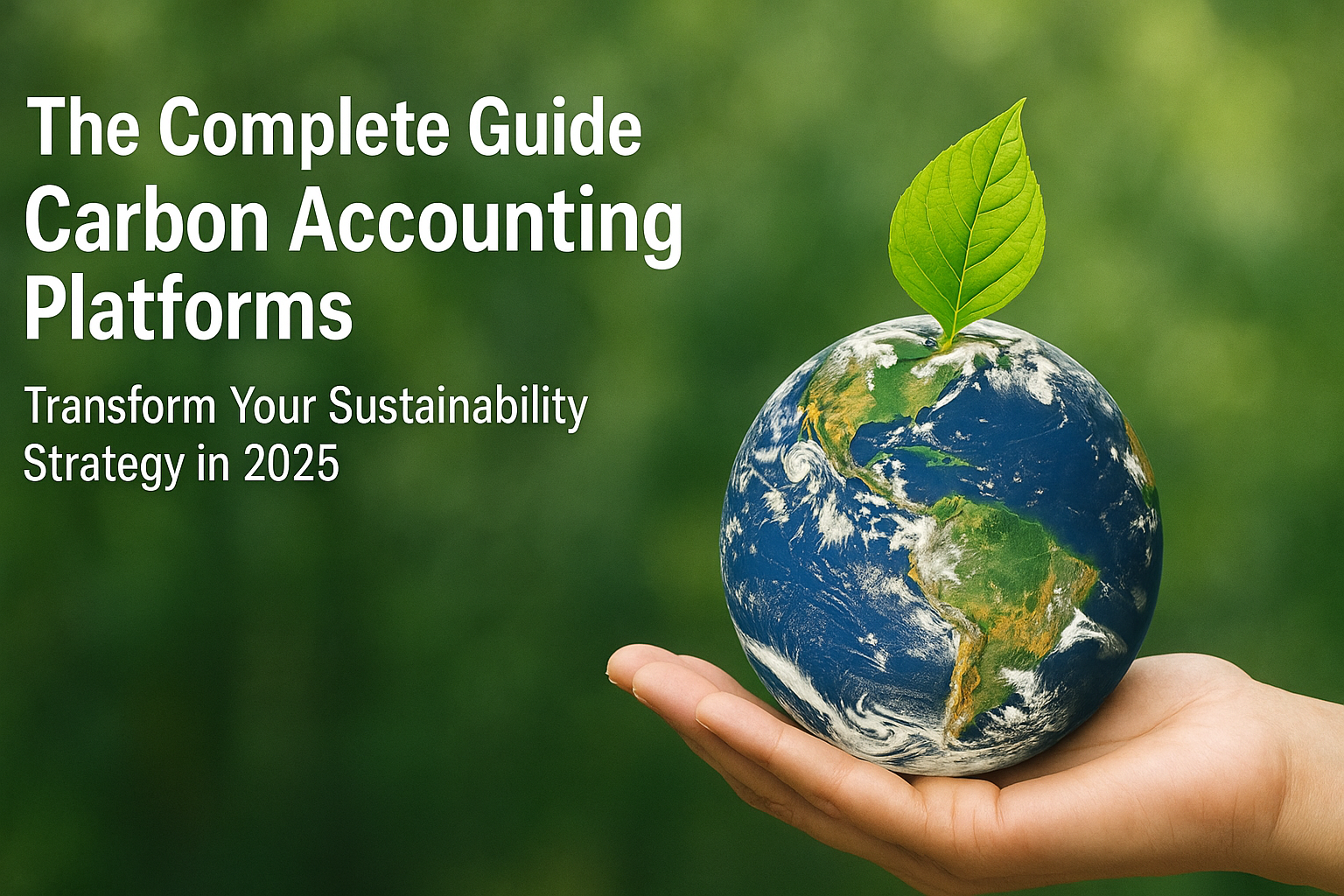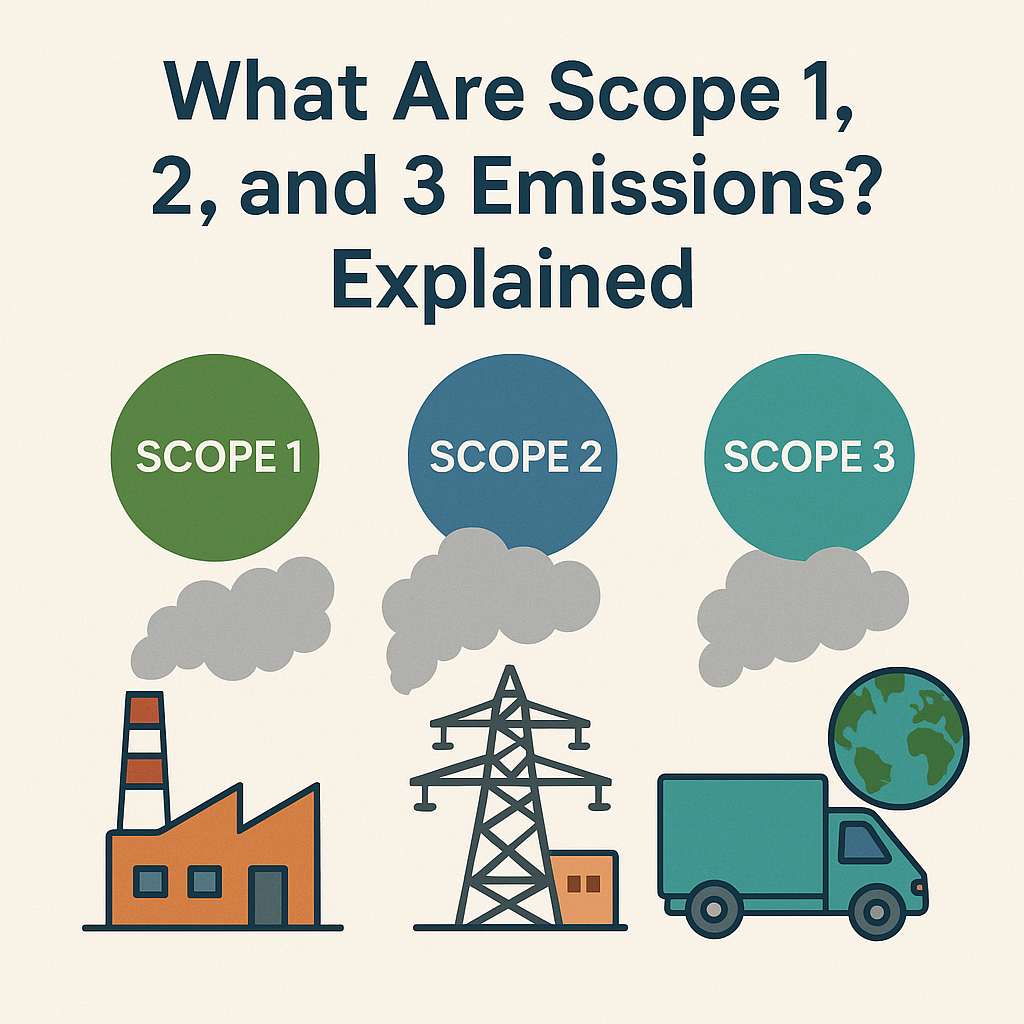Scope 1 emissions, in straightforward terms, encapsulate the direct greenhouse gas emissions originating from sources under an organisation's ownership or control. This entails emissions arising from the combustion of fossil fuels within the organisation's fleet of vehicles and machinery, as well as those resulting from on-site fuel combustion for heating and industrial processes. Essentially, Scope 1 emissions delineate the environmental repercussions stemming directly from an organisation's day-to-day operations.
What are the sources of Scope 1 emissions?
Fossil Fuel Combustion:
The crux of Scope 1 emissions lies in the combustion of fossil fuels. This encompasses the fuel burned in company-owned vehicles, machinery, and on-site power generation, forming the bedrock of direct emissions.
Industrial Processes:
Certain industrial operations contribute significantly to Scope 1 emissions. This includes processes where fossil fuels are combusted or specific chemicals are employed, resulting in the release of greenhouse gases.
On-site Heating:
For organisations relying on on-site heating, often powered by natural gas or oil, Scope 1 emissions emerge as a consequence. This is particularly prevalent in regions where space heating is a requisite, such as in colder climates.

Scope 1 Emissions Measurement
The measurement of Scope 1 emissions holds nuanced significance for businesses:
- Accountability and Transparency: Accurate measurement of Scope 1 emissions lays the foundation for organisations to take responsibility for their direct environmental impact. Transparent reporting becomes a testament to accountability, offering stakeholders a clear view of the organisation's environmental performance.
- Setting Realistic Targets: Understanding the depth of Scope 1 emissions empowers organisations to set tangible and meaningful reduction targets. This strategic move aligns them with global initiatives aimed at mitigating climate change while fostering a sense of responsibility and purpose.
- Operational Efficiency: Delving into the details of Scope 1 emissions opens avenues for operational efficiency. Organisations can identify opportunities to adopt cleaner technologies, enhance energy efficiency, or transition towards renewable energy sources, thereby not only reducing their environmental footprint but also optimising operational costs.
Scope 1 emissions represent a critical facet of an organisation's overall carbon footprint. Beyond being a regulatory requirement, the conscientious measurement and management of these direct emissions become a strategic imperative for businesses navigating the evolving landscape of sustainability. As businesses increasingly recognise the need to strike a balance between profitability and environmental responsibility, Scope 1 serves as a tangible starting point.



